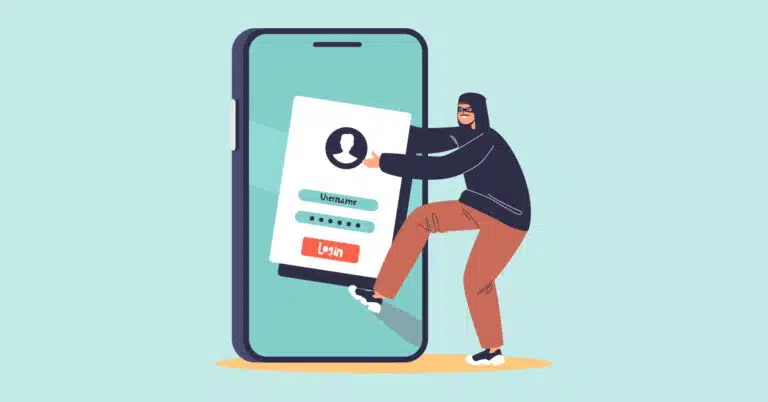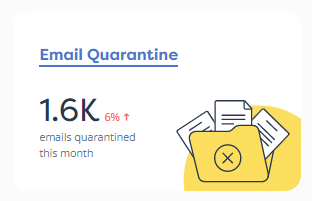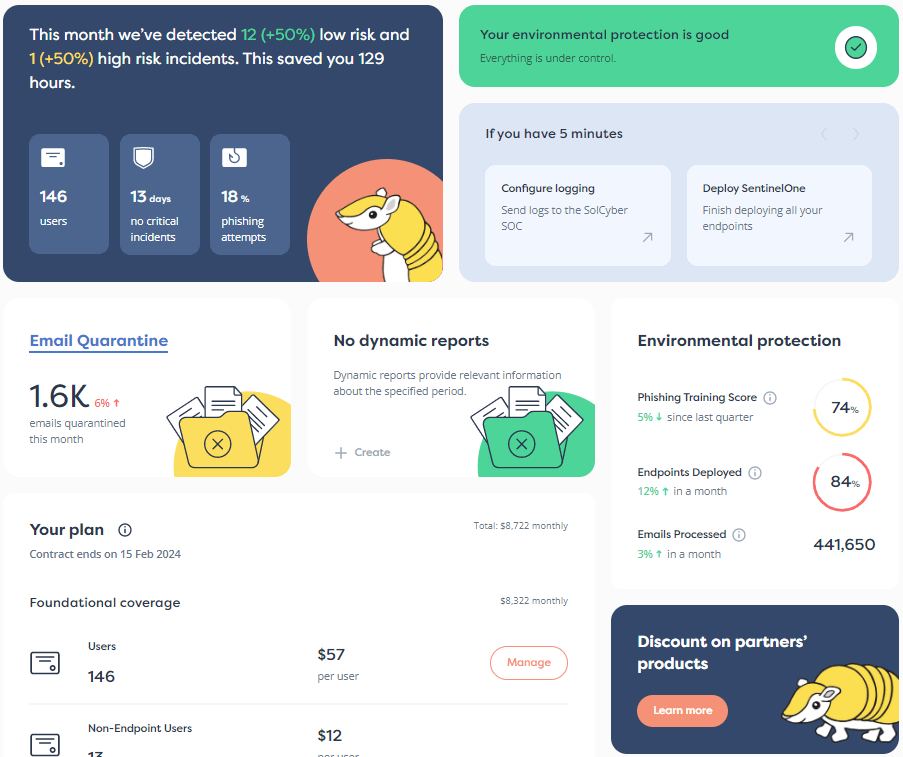

Apple has done a great job of marketing its security. When users choose the iPhone over an Android, they often do so because they believe they’re choosing a more secure phone.
But there’s a significant difference between privacy and security and that distinction matters most for organizations.
While it’s true that the iPhone has more privacy-enhancing features, that doesn’t necessarily make it secure or hack-proof. The iPhone is subject to exploits just like any other phone. Those exploits range from smishing to zero-day vulnerabilities in core frameworks and apps, to zero-click exploits where no interaction is required from the user to compromise the device.
If users are unaware of these potential threat activities, their risk is increased. Unfortunately, many iPhone users operate with a false sense of security, which can bring risk to organizations given the widespread use of personal devices for work. Here’s what iPhone users and organizations need to know about iPhone risks.
iPhones utilize iOS, an operating system just like Android, Windows, and macOS. No operating system is 100% foolproof or tamper-proof. They’re all susceptible to attacks such as:
Apple is aware of this, which is why it sends so many updates to your phone—just as all operating system vendors do. Typically, many of these updates are security updates and the result of discovered vulnerabilities within operating systems.
Some of the attacks and vulnerabilities related to the iPhone include:
In January 2025, Apple released a security update to address a flaw that allowed hackers to escalate privileges through Apple’s Core Media framework. The vulnerability targeted devices running versions before iOS 17.2.
Apple didn’t release further details of the exploit to prevent it from being abused.
In late 2024, Apple released a critical security alert for two zero-day vulnerabilities:
These are both iPhone specific vulnerabilities that threat actors could exploit via malware or malicious apps.
This vulnerability affects versions of iOS below 13.4.1. Attackers can remotely compromise iOS devices by sending a specially crafted email containing malicious code. This attack can be executed without the user needing to open the email, as the code exploits the email app’s functionality.
The attack causes the device to reboot. After rebooting, all looks normal, but the hacker then has the same privileges that the email app has, including the ability to read all emails. It’s a critical vulnerability that can lead to device, account, and organizational compromise.
The most common attacks affect smartphones running any operating system. These attacks include:
All of the above attacks can happen regardless of whether someone is using iOS or Android.
Smishing attacks are one of the more common ones targeting iPhones. They’ll start with a message that links to a fake website that looks like an official company website (whether a bank, social media company, or even email). Believing it to be a legitimate site, victims type in their login credentials, not knowing that they’ve just given up those credentials to the attacker.
More sophisticated text-based attacks play the long-game and pretend to be a romantic or financial partner. After weeks or months of earning a victim’s trust, they usually end up stealing funds directly via cryptoscams, gift card fraud, or direct payment.
These kinds of attacks are difficult to defend against, no matter the type of mobile device.
In February 2025, Meta announced that it had discovered a zero-click hacking campaign targeting journalists and civil society members across 24 countries. The attack was attributed to Israeli spyware company Paragon Solutions, now acquired by a Florida-based private equity firm.
The spyware, called Graphite, used a zero-click attack method, meaning users didn’t need to interact with anything to be infected. It worked by sending malicious PDF or image attachments through WhatsApp and could access encrypted messages on apps like WhatsApp and Signal.

According to Rocky Cole, co-founder of iVerify, the underlying processes that access the malicious PDF or image have vulnerabilities with which the PDF or image file interacts.
Pegasus is one of the more infamous spyware technologies that have already been found on the phones of various political, government, and high profile figures. This spyware takes advantage of zero-click vulnerabilities and infiltrates a device to monitor its activity, location, and harvest the data, including passwords. Researchers found that this software could be installed on a device simply by sending an iMessage to the target’s iPhone.
The iPhone is an important platform for hackers to target when seeking high-value and high-net-worth individuals, such as executives and politicians. Without the right proactive defense on your device, these attacks are often successful and relatively easy to carry out. A compromised device can easily lead to an APT attack where an organization’s data is stolen if employees are doing a lot of work on their phones.
The risk to individuals and organizations is especially high when mobile device infrastructure itself is hacked because it can lead to stolen data regardless of the operating system.
For example, in the late spring of 2024, the FBI began investigating a China-linked threat group called Salt Typhoon that infiltrated multiple U.S. telecom and internet service provider networks. The infiltration led to the bulk collection of metadata for phone calls and the targeted collection of actual communications content, affecting many iPhone users.
Although it didn’t contain actual communication content such as audio or text, the bulk metadata content included information about who was communicating with whom, when, and where. Unfortunately, the group also specifically targeted individuals involved in government or political activities. For these targets, Salt Typhoon did steal actual audio and text content of their communications.
As mentioned, even iPhone users are at risk here, especially if they’re using SMS or other non-encrypted communication channels. Organizations should communicate this risk to their high-profile employees and let them know not to share sensitive information such as passwords through text messages.
Using an iPhone doesn’t automatically translate to security. For lay users, the iPhone privacy features might be enough, but the risk is too important to ignore if users are connecting to their company’s network or doing work on their phones. For both users and organizations, It’s vital to have some strategy in place to address, mitigate, and contain device risk.
This requires a strategic mix of visibility, management, awareness training, and threat detection. Some companies have tried to do this through MDM—mobile device management—but MDM isn’t enough and its effectiveness is often limited by end users. It’s often too intrusive for users working on their own devices, and it doesn’t offer protection against zero-day vulnerabilities. MDM is a reactive solution to a problem that requires proactivity.
Organizations should look to mobile MDR—managed detection and response— solutions to mitigate the risk posed by mobile devices, whether they’re running on Android or iOS operating systems.
SolCyber has partnered with leading mobile MDR provider, iVerify, which is designed to protect enterprise mobile devices. iVerify’s solution prevents unauthorized access and data breaches, defends against malware, blocks smishing attempts, detects spyware—including sophisticated threats like Pegasus—manages OS vulnerabilities, and prevents credential theft.
Unlike traditional MDM solutions that focus primarily on policy enforcement, iVerify’s platform provides comprehensive threat protection while respecting user privacy.
To learn more about SolCyber’s Mobile MDR solutions, reach out to us today.


By subscribing you agree to our Privacy Policy and provide consent to receive updates from our company.






